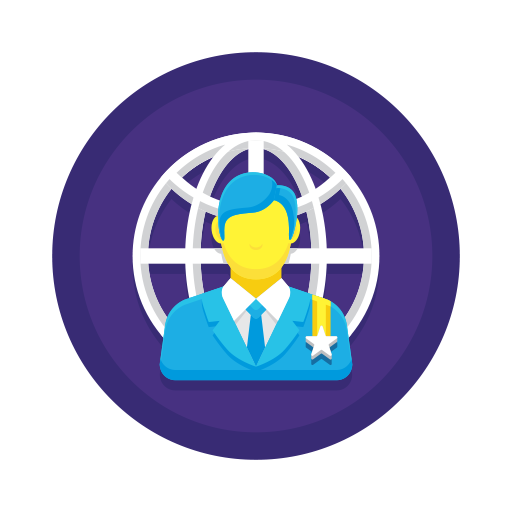The Knowledge Base section enables your chatbot to deliver more accurate and detailed responses by referencing external documents such as policy manuals, product catalogs, or process guides. Follow these steps to properly set up and manage your bot’s knowledge files.
Step 1: Understand What Knowledge Files Are #
Knowledge files are supplemental documents that your bot can access during conversations. Unlike Instructions, which tell the bot how to behave, these files supply factual content the bot can cite or use when answering user questions.
Use cases include:
- Company policies (e.g., HR, legal)
- Product information sheets
- Service offerings and pricing
- Process documentation
- Compliance templates (e.g., CMM maturity models)
Step 2: Upload a Knowledge File #
- Go to the Knowledge tab in the top navigation bar.
- In the Files section, upload your documents using one of the following methods:
- Drag and drop files into the grey drop zone.
- Click + Upload File to browse and select a file.
- Click Create File from URL to extract content from a public web page.
- Once uploaded, the file will appear in a table showing:
- File name
- Last updated date
- Delete icon (trash can) to remove the file
Supported formats: PDF, DOCX, TXT, HTML, CSV, and other text-based formats.
✅ Tip: Use clear, descriptive file names to simplify tracking and management.
Step 3: How the Bot Uses These Files #
The AI scans knowledge files in real time when generating a response. If a user asks a question covered by the uploaded document, the bot retrieves and uses relevant excerpts to form its answer.
For example:
A user asks: “What are the key phases in the onboarding process?”
The bot pulls that section from the “Onboarding_Guide.pdf” and answers with the extracted steps.
Notes:
- The bot does not memorize the full document.
- Answers are context-driven, pulled only when relevant to the prompt.
Step 4: Manage Existing Files #
- To delete a file: click the red trash icon next to it.
- To replace a document: delete the current version and upload the new one.
- To audit document freshness: check the Updated column to see when the file was last added or modified.
Step 5: Enable Automatic Updates (Enterprise Only) #
This feature allows the bot to continuously update its knowledge from changing data sources like:
- News feeds
- Live pricing sheets
- Regularly updated reports
How to configure (if plan allows):
- Scroll to the Automatic Updates section.
- Add dynamic content sources (e.g., URLs or feeds).
⚠️ If you’re on a basic plan, this section will show:
“You don’t have access to this feature on your plan.”
Click the link to explore upgrade options if automatic syncing is needed for your use case.
Step 6: Review Best Practices #
- Ensure documents are searchable: Avoid scanned images or non-OCR files.
- Avoid duplication: Upload only the most current version of a file.
- Use concise, clean formatting: Structured documents with headings improve response quality.
- Do not upload sensitive content unless your platform is verified for compliance (e.g., GDPR, HIPAA).
Step 7: Proceed to the Next Section #
Once your knowledge files are uploaded and confirmed, click the Next button at the bottom right to continue to the next configuration step in your chatbot setup.
Summary #
The Knowledge Base allows your AI assistant to give accurate, reference-backed answers using your own uploaded documentation. By following these steps, you ensure your chatbot has the necessary content to handle real-world queries reliably. For advanced scenarios that require automatic content refresh, upgrading to an Enterprise plan unlocks continuous knowledge syncing.










Leave a Reply
You must be logged in to post a comment.